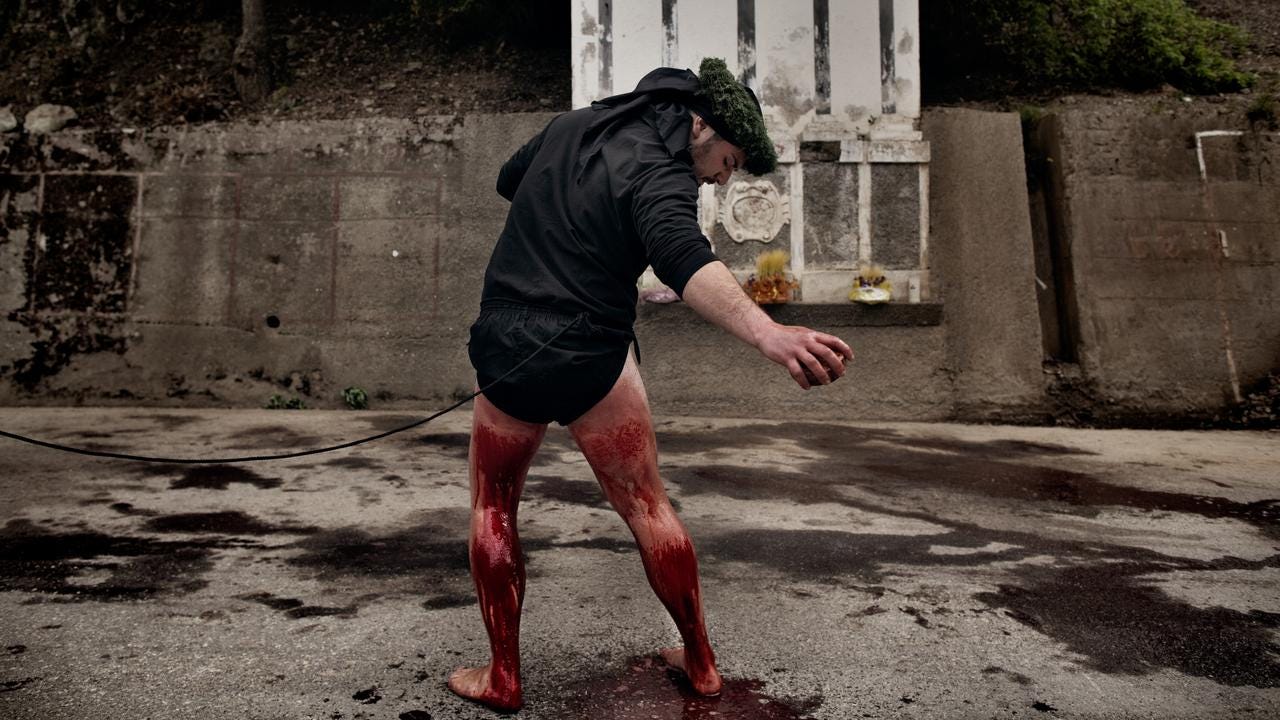Beating and Bleeding for Christ
Defying objections from church and state alike, the men of one small Italian village carry on an 800-year-old tradition, one vicious self-inflicted wound at a time.

Text by Maria Tavernini
Every year during the Holy Week of Easter, a tiny village in the southern tip of Italy becomes the scene of an ancient tradition that dates back to the thirteenth century. Over the course of a few days, a Middle Ages atmosphere takes over here, with a dark, imposing mixture of religion and pagan traditions permeating the town. Vattenti (beaters) — young and old devotees expressing their faith through self-flagellation — are the cornerstone of this ancient rite, which has been handed down for centuries, drawing flocks of onlookers to this day.
Keep reading with a 7-day free trial
Subscribe to Narratively to keep reading this post and get 7 days of free access to the full post archives.



